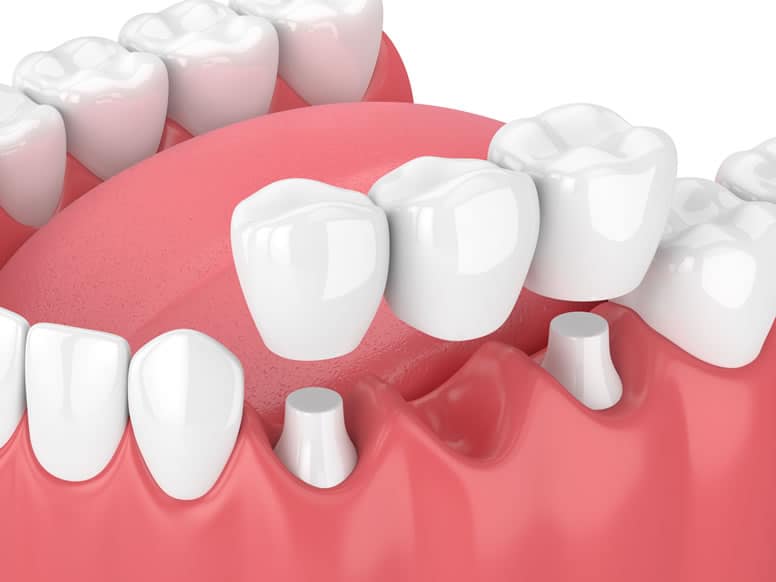CROWN & BRIDGE
The use of 3D scanning and printing technology can significantly improve the production of Crown and Bridge cases in several ways.
It starts with a simplified workflow:
- 3D scanning: With 3D scanning technology, the dentist can create a digital model of the patient's teeth and gums. A handheld scanner that captures precise images of the mouth from multiple angles provides an accurate digital model to design the crown or bridge.
- Digital design: Once the digital model is created, specialized software is used to design the crown or bridge. This allows for precise measurements and customization, ensuring the final product fits perfectly in the patient's mouth.
- 3D printing: Once the design is complete, the dentist can use a 3D printer to create the crown or bridge. A biocompatible resin is layered and cured with light to make an accurate final case that can be polished and finished to ensure a natural look and feel.
Overall, using 3D scanning and printing technology can significantly improve the quality and efficiency of crown and bridge production, resulting in better outcomes for patients and dentists alike.

The use of 3D technology for crown and bridge procedures offers several benefits, including:
- More accurate and precise results: 3D technology allows for highly accurate and detailed scanning of the patient's teeth and gums, resulting in a more precise fit of the crown or bridge. This reduces the need for adjustments and remakes, saving time and money.
- Faster turnaround time: With 3D technology, the scanning process is quicker, and the design process is more streamlined, allowing for faster turnaround times for crown and bridge procedures. Patients can get their new teeth faster and with fewer appointments.
- Better aesthetics: 3D technology enables the dentist to create highly detailed and accurate scan models of the patient's teeth and gum-line, resulting in a more natural-looking crown or bridge. Improve the patient's confidence, self-esteem, and overall satisfaction with the procedure.
- Reduced discomfort: Traditional crown and bridge procedures involve using impression materials that can be uncomfortable for patients. 3D technology eliminates the need for these materials, resulting in a more comfortable experience for the patient.
- Improved communication: 3D technology allows for better communication between the dentist and the dental laboratory, resulting in a more collaborative and efficient process, leading to better outcomes for the patient and higher margins for the dentist.
Workflow Comparison and ROI
Let's Talk
Find out how we can improve your bottom line. Contact us and one of our members will be happy to answer all of your questions.
